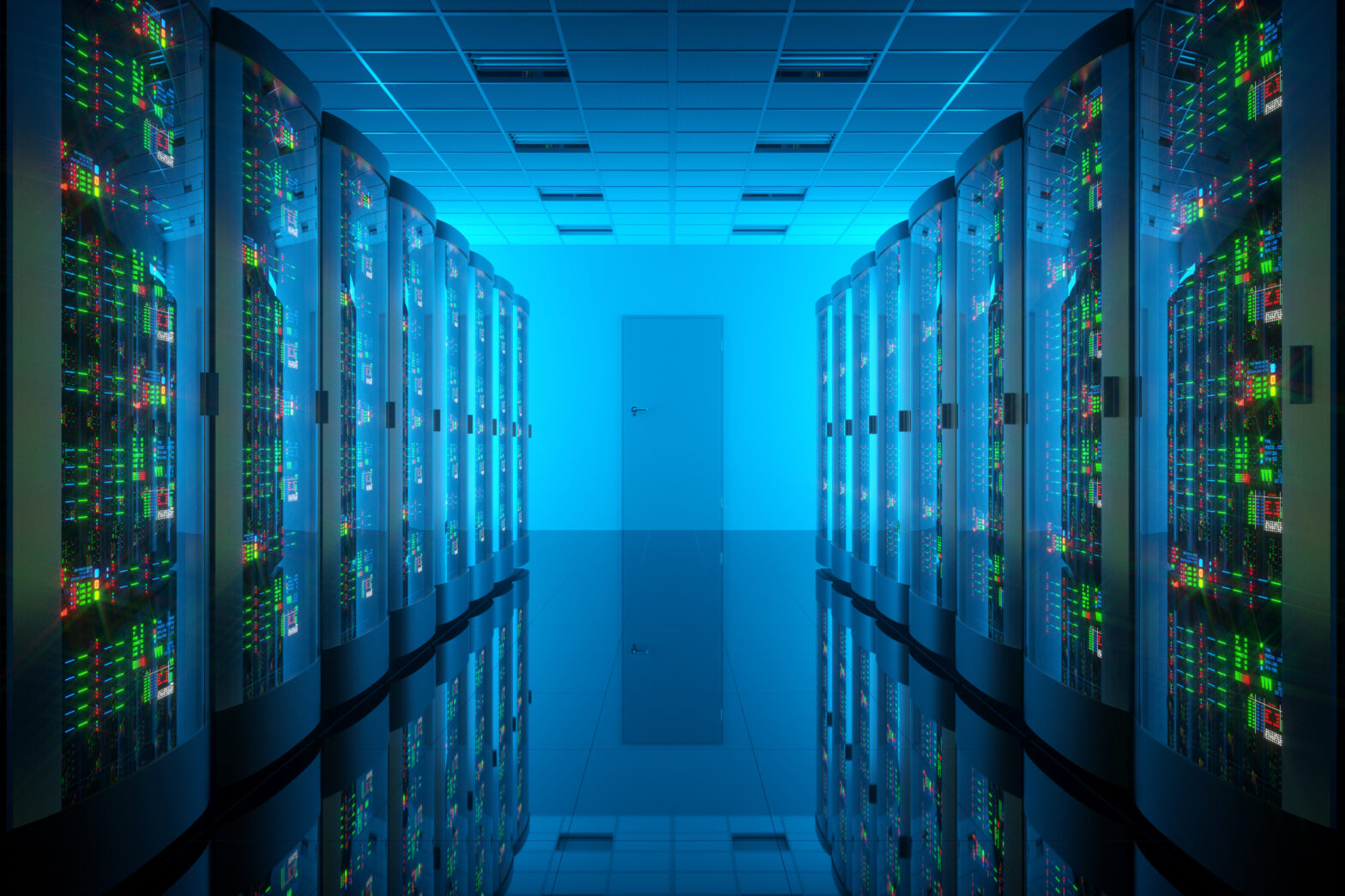IT leaders must use a diverse range of metrics to attain the level of detailed measurement and analysis required to ensure long term sustainability, and to drive data centre efficiency.
This is according to Roel Castelein, EMEA marketing chair for The Green Grid, who suggests it is important to adopt a three dimensional approach in order to gain a complete view of a data centre and to improve the effectiveness of their operations.
>See also: Top 6 data trends for the enterprise in 2017
The latest annual Data Centre Industry Survey from Uptime Institute has revealed that, in many cases, IT Infrastructure teams are still relying on the least meaningful metrics to drive efficiency.
The majority of IT departments are positioning total data centre power consumption and total data centre power usage as primary indications of efficient stewardship of environmental and corporate resources.
Additionally, research from The Green Grid, which surveyed 150 IT decision makers, demonstrated that while most recognise that a broad range of KPIs are useful in monitoring and improving their data centre efficiency, many are yet to implement them.
>See also: Data dependence: the need for a reliable data centre
“Our research,” commented Castelein, “clearly shows that there is an understanding of how useful each KPI can be. However, the reason for limited adoption may come down to the perception that implementation will have a negative impact on CAPEX and also OPEX. This doesn’t have to be the case. With enough resourcefulness and data centre know-how, you don’t necessarily have to be a big-spender to increase your data centre efficiency and therefore save money and do less harm to the environment. Oversimplifying or even focusing on a single metric can create wider business issues as key factors are ignored – the impact is however very real.”
The binary findings are quite staggering. The report found that 88% view water usage effectiveness (WUE) as a useful metric, but only 27% use it. At the same time, 82% view power usage effectiveness (PUE) as a beneficial metric but only 29% implement it.
Other key finding include:
• 80% view data centre infrastructure efficiency (DCiE) as a useful metric, but only 59% use it.
• 77% view data centre predictive modelling (DCPM) as a useful metric but only 15% use it.
• 77% view data centre energy productivity (DCEP) as a useful metric but 31% use it.
• 71% view temperature monitoring as a useful metric but 16% use it.
• 70% view carbon usage effectiveness (CUE) as a useful metric but 35% use it.
>See also: Colocation growth despite increased hyperscaler demand
“There’s no doubt that data centre energy consumption is a critical aspect of the maintenance, improvement, and operational planning of any facility,” continued Castelein.
“However, data centre providers need to harness an array of metrics in order to gain a holistic view of their facilities and to drive environmental stewardship. Poor measurement is just as bad as no measurement at all. Therefore, IT leaders need to expand from a single-metric view and include broader technical metrics and KPIs into a meaningful message. This will also help all parties within an organisation to improve their understanding. In essence, organisations should focus on metrics that range from detailed technical information right through to key performance efficiency indicators.”
“By way of example, cooling is a key chokepoint in data centre efficiency, a place where significant cost savings and sustainability progress can be made with the judicious application of meaningful analysis, metrics and clever ideas. As such, a key metric here to take into consideration is Water Usage Effectiveness (WUE). Organisations should also be considering Carbon Usage Effectiveness (CUE) as well as the data centre lifecycle, taking into account how best to dispose of e-waste.”







